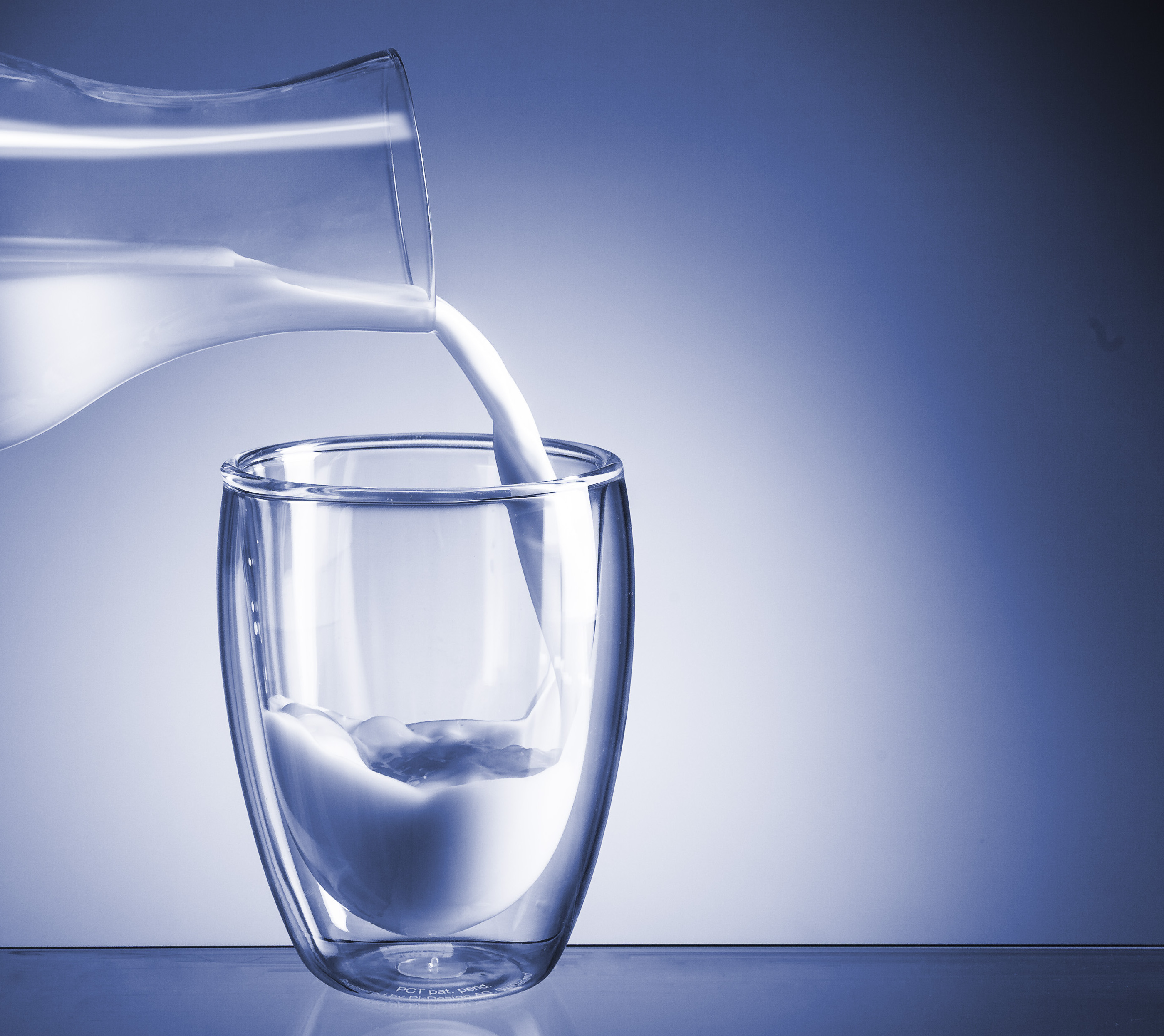
Milk is a very complex liquid that is composed of an expansive diversity of different molecular species. Being the product of mammary glands, milk is the primary food source for neonatal mammals. Even if sheep, goats, camels or donkeys are the main suppliers of milk and milk products in certain parts of this globe, the milk from cows is still the main source for dairy products and will therefore subsequently be looked at in more detail.
There are many factors that affect the composition of raw milk such as the cow‘s breed, age and physical state of the cow as well as seasonal variations in the animal’s diet. Therefore only an approximate milk composition of 87–88% water and 12–13 % total solids can be given. The total solids consist of approx. 4% fat and 9% solids-not-fat (SNF) such as proteins, lactose, minerals, vitamins, and many more.
The density of raw milk depends on its composition and temperature and can usually - literature data vary slightly - be found in the range of 1.026 g/cm3 - 1.034 g/cm3 at 20°C.
Since milk is a multi-component system it is not possible to determine the concentration of one component only by density measurement. Yet, the density measurement of milk quickly indicates deviations from the normal milk composition due to e.g. addition of water. Addition of 10% water to the milk will result in a density decrease of approx. 0.003 g/cm3.
Infrared analysis (IR) is a well-established and widely used method for routine analyses of e.g. milk proteins, fat or carbohydrates, density measurement is a most useful control method for indicating deviations from the normal milk composition.
For a quick quality check of the delivered raw milk the portable DMA 35 and DMA 500 density meters are most suitable.
Download the application report above.










National Gas receives funding to develop Gravitricity underground hydrogen storage system
One single rock salt mine - Winsford - has 23 <i>MILLION </i>cubic metres of void and even allowing for 10% of that void set aside for hazardous waste...